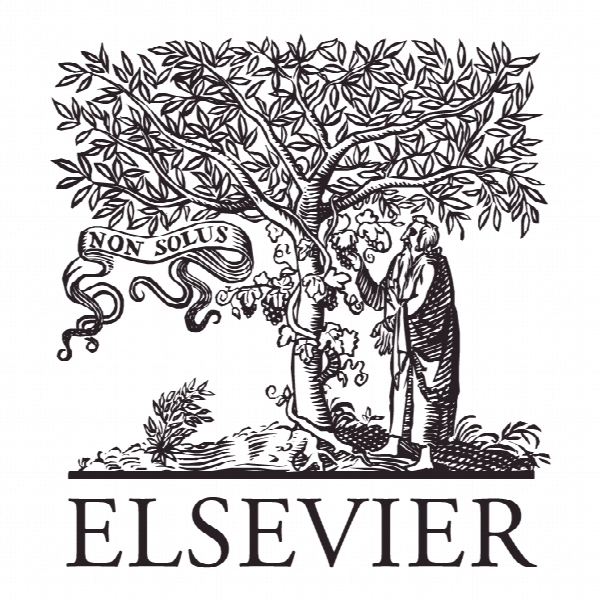جنبه بازاریابی عصبی در روانشناسی ارزش گذاری گردشگری Neuromarketing aspect of tourısm pricing psychology
- نوع فایل : کتاب
- زبان : انگلیسی
- ناشر : Elsevier
- چاپ و سال / کشور: 2018
توضیحات
رشته های مرتبط مدیریت، روانشناسی، گردشگری و توریسم
گرایش های مرتبط بازاریابی
مجله چشم انداز مدیریت گردشگری – Tourism Management Perspectives
دانشگاه Uşak University – Department of International Trade – Turkey
منتشر شده در نشریه الزویر
کلمات کلیدی انگلیسی Pricing, Psychology, Neuromarketing, Decoy effect, Prospect theory, Eye tracking
گرایش های مرتبط بازاریابی
مجله چشم انداز مدیریت گردشگری – Tourism Management Perspectives
دانشگاه Uşak University – Department of International Trade – Turkey
منتشر شده در نشریه الزویر
کلمات کلیدی انگلیسی Pricing, Psychology, Neuromarketing, Decoy effect, Prospect theory, Eye tracking
Description
1. Pricing In its simplest definition, pricing is the monetary value of a product or service (Nykiel, 2007: 235). From the customer’s viewpoint, price is defined as ‘what she or he must give up to purchase the product or service’. The ‘what’ may include actual money, time, cognitive effort, and transaction costs (Shoemaker & Mattila, 2009: 536). Price influences customers’ perceived value. Buyers often use price as a perceptual cue to infer the quality of a product or service. Traditionally, the quality of a product has been treated as the mirror image of the price. Hence, businesses may emphasize the quality of their products and services by raising their prices and emphasize a bargain by decreasing their prices (Estalami & Maxwell, 2003; Hoffman, Turley, & Kelley, 2002). For example, the Gosforth Park Hotel, an upscale hotel in Newcastle, the UK, found that its occupancy rate increased as their prices increased (Kotler, Bowen, & Makens, 2006). Customers may use price as a tool to compare products and to judge their relative value for money or their overall product quality (Weinstein & Johnson, 1999:86; Papatheodorou, Lei, & Apostolakis, 2012:170). Price triggers buyers to evaluate the quality of a tourism product and its positioning in relation to the alternatives available in the same segment (Dwyer, Forsyth, & Dwyer, 2010: 176). As a result of this evaluation, customers are either attracted to a product or choose other available alternatives. Services are priced in various formats, including entrance fees, cover charges and green fees when customers purchase visits to museums, entry to dance clubs, rounds of golf and so on (Shoemaker & Mattila, 2009: 536). 1.1. Pricing in tourism Pricing in tourism is a complex phenomenon due to a number of fundamental characteristics and factors, such as the perishability of the product, intensive capital investment requirements, the cost of the extensive use of service personnel, tourists’ characteristics and various price sensitivities, the uniqueness of the product, the degree of competition in the market and difficulties in accurately forecasting the tourism demand (Kamra, 1997: 29). The intangibility and perishability of touristic products/services place extra burden on their pricing (Koc, 2007). Tourism decisions involve large sums of money on something that cannot be seen or tested prior to purchase (Koc, 2002). Additionally, tourism products/services cannot be saved, stored, resold or returned; therefore, spare seats on a package tour, vacant rooms in a hotel and unsold tickets to tourism events represent potential revenue that cannot be recovered. Hence, perishability increases tension for tourism and hospitality managers in performing their daily managerial activities and sustaining a strong brand image (Koc, 2015:125).


